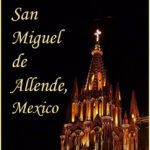Is Mexico A Spanish Speaking Country? Absolutely! As a vibrant hub for LGBTQ+ travelers and locals alike, Mexico uses Spanish as its official language, opening doors to immersive cultural experiences. Gaymexico.net is your ultimate guide to navigating the LGBTQ+ scene in Mexico, ensuring you discover the best queer-friendly destinations.
This article explores Mexico’s linguistic landscape, providing insights for LGBTQ+ individuals eager to connect with its rich culture. Discover how speaking Spanish enhances your travel experiences and fosters meaningful connections with local communities, ensuring an inclusive and memorable adventure with gay pride.
1. Why is Spanish the Primary Language of Mexico?
Spanish is the primary language of Mexico due to its colonial history. In the 16th century, Spain colonized Mexico, introducing the Spanish language and culture. Over time, Spanish blended with indigenous languages, eventually becoming the dominant language. Today, while Mexico recognizes and protects its indigenous languages, Spanish remains the most widely spoken language across the country.
Spanish language spread, influencing Mexican culture and governance. Mexico’s linguistic landscape reflects a blend of its colonial past and indigenous heritage, highlighting Spanish as the primary language in various sectors.
1.1 How Did Colonization Impact Mexico’s Language?
Colonization significantly impacted Mexico’s language by introducing Spanish, which gradually became the dominant language. When the Spanish arrived, they implemented their language in administration, education, and commerce. Over centuries, this led to a decline in the use of indigenous languages.
Spanish language adoption led to a linguistic shift, influencing culture and identity. Mexico’s historical journey illustrates how colonization reshaped its language landscape, emphasizing the lasting influence of Spanish.
1.2 What Role Did Indigenous Languages Play?
Indigenous languages played a crucial role in pre-colonial Mexico and continue to influence modern Mexican Spanish. Before the Spanish conquest, numerous indigenous languages thrived. Although Spanish became dominant, many indigenous words and linguistic structures were incorporated into Mexican Spanish.
Indigenous heritage influenced the Mexican dialect. Despite the dominance of Spanish, indigenous languages endure, enriching Mexico’s cultural and linguistic heritage.
2. How Many People Speak Spanish in Mexico?
Approximately 98% of Mexicans speak Spanish, making it the overwhelmingly dominant language. While Mexico recognizes 68 national languages, including indigenous languages, Spanish is the language of government, education, business, and media. The vast majority of the population uses Spanish in their daily lives.
Spanish is the language, connecting Mexican society. The prevalence of Spanish ensures widespread communication and cultural cohesion across Mexico.
2.1 What is the Breakdown of Spanish Speakers vs. Indigenous Language Speakers?
The breakdown of language speakers in Mexico shows a significant disparity. Around 98% of the population speaks Spanish, while about 6% speak indigenous languages. Many indigenous language speakers are bilingual, also speaking Spanish. However, a small percentage speaks only an indigenous language, particularly in rural areas.
Language dominance underscores Spanish. The linguistic landscape reflects Spanish as the primary means of communication, with indigenous languages persisting mainly in specific regions.
2.2 Are There Regional Variations in Spanish Usage?
Yes, there are regional variations in Spanish usage across Mexico. Different regions have unique accents, dialects, and slang. For example, the Spanish spoken in northern Mexico differs from that in the Yucatán Peninsula. These variations add richness to the Spanish language in Mexico.
Regional dialects highlight Mexican diversity. Travelers may notice distinct linguistic features as they explore different parts of the country, adding to the cultural experience.
3. Where Can LGBTQ+ Travelers Use Spanish in Mexico?
LGBTQ+ travelers can use Spanish in Mexico in virtually all aspects of their trip. From checking into hotels and ordering food to exploring local markets and attending cultural events, Spanish is essential for seamless communication. In LGBTQ+-friendly areas, speaking Spanish can help travelers connect more deeply with local communities.
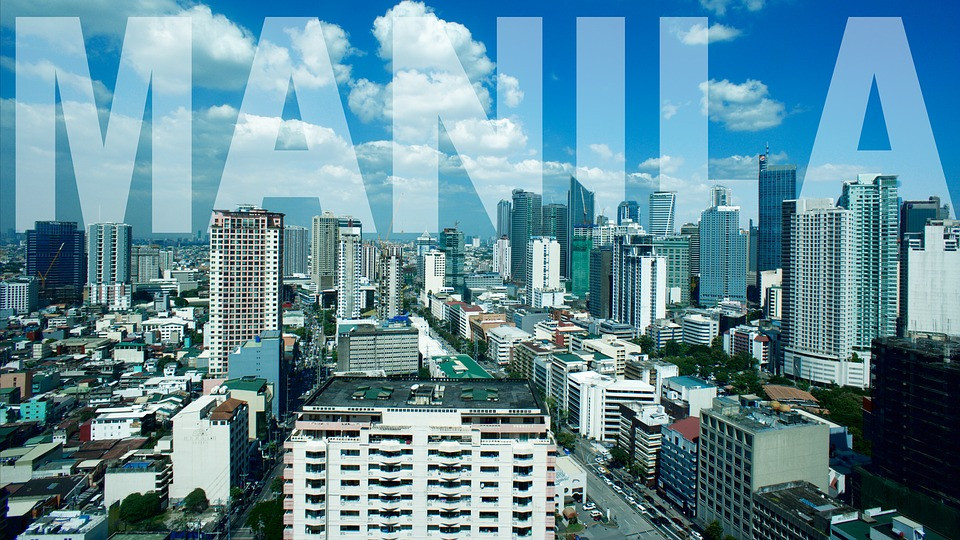 LGBTQ+ friendly travel in Mexico
LGBTQ+ friendly travel in Mexico
Spanish enhances travel experiences for LGBTQ+ visitors. It facilitates interactions and understanding, fostering a more inclusive and engaging experience.
3.1 How Can Spanish Enhance LGBTQ+ Travel Experiences?
Learning Spanish can significantly enhance LGBTQ+ travel experiences in Mexico by fostering deeper connections with locals. Speaking the language allows you to navigate local customs, understand cultural nuances, and communicate your needs and desires effectively. It also shows respect for the local culture, which can lead to warmer interactions and a more welcoming atmosphere.
Spanish enables genuine interactions, enhancing travel experiences. Knowing Spanish enriches your travels, allowing you to immerse yourself in the local LGBTQ+ scene.
3.2 Are There Specific Phrases Useful for LGBTQ+ Travelers?
Yes, there are specific phrases that can be useful for LGBTQ+ travelers in Mexico. Knowing how to ask “Is this a safe space?” (¿Es este un espacio seguro?) or “Where can I find LGBTQ+ friendly places?” (¿Dónde puedo encontrar lugares amigables para la comunidad LGBTQ+?) can be invaluable. Additionally, learning terms like gay (gay), lesbiana (lesbian), bisexual (bisexual), and transgénero (transgender) can help you communicate more effectively and find support when needed.
Useful phrases enhance LGBTQ+ communication. Being equipped with key phrases supports safe and inclusive travel experiences in Mexico.
4. What are the Most Popular LGBTQ+ Destinations in Mexico?
Mexico boasts several popular LGBTQ+ destinations, each offering a unique blend of culture, nightlife, and acceptance. Puerto Vallarta is often considered the gay capital of Mexico, known for its vibrant gay scene, beautiful beaches, and welcoming atmosphere. Mexico City also has a thriving LGBTQ+ community with numerous bars, clubs, and cultural events. Other notable destinations include Guadalajara, Cancun, and Playa del Carmen, each offering distinct experiences tailored to LGBTQ+ travelers.
Popular destinations offer diverse LGBTQ+ experiences. Gaymexico.net provides resources to explore these locations, helping you plan your perfect trip.
4.1 How Does Speaking Spanish Help in Puerto Vallarta?
Speaking Spanish in Puerto Vallarta can greatly enhance your experience. While many people in tourist areas speak English, knowing Spanish allows you to venture off the beaten path and discover hidden gems. It also helps you connect with local LGBTQ+ communities, participate in cultural events, and navigate daily life more smoothly.
Spanish unlocks richer experiences in Puerto Vallarta. It enhances your connection with locals and deepens your cultural immersion, enriching your travel.
4.2 What About Mexico City’s LGBTQ+ Scene?
Mexico City’s LGBTQ+ scene is one of the largest and most diverse in Latin America. Speaking Spanish allows you to fully immerse yourself in this vibrant community. You can easily find LGBTQ+ bars, clubs, and cultural events, as well as access support networks and resources. Additionally, knowing Spanish can help you navigate the city’s public transportation and explore neighborhoods beyond the tourist hotspots.
 Mexico City Spanish speaking
Mexico City Spanish speaking
Spanish enhances exploration of Mexico City’s LGBTQ+ scene. It ensures access to a broader range of experiences and connections within the community.
5. What Resources are Available for Learning Spanish?
Numerous resources are available for learning Spanish, catering to different learning styles and preferences. Online platforms like Duolingo, Babbel, and Rosetta Stone offer interactive lessons and language practice. Language exchange apps such as HelloTalk and Tandem connect you with native Spanish speakers for conversation practice. Additionally, many universities and community colleges offer Spanish courses, providing structured learning environments.
Diverse resources facilitate Spanish language acquisition. Utilizing these resources can prepare you for a more immersive and enjoyable trip to Mexico.
5.1 Can Language Exchange Apps Help?
Yes, language exchange apps can be highly beneficial for learning Spanish. Apps like HelloTalk and Tandem connect you with native Spanish speakers who are also learning your native language. This mutual exchange allows you to practice speaking, improve your listening comprehension, and receive feedback on your pronunciation. Additionally, language exchange apps often include features like text and voice messaging, making it easy to communicate with language partners.
Exchange apps enhance conversational skills. Engaging with native speakers fosters practical language skills and cultural insights, which is especially valuable for LGBTQ+ travelers.
5.2 Are There Spanish Courses Specifically for Travelers?
Yes, there are Spanish courses specifically designed for travelers. These courses often focus on practical vocabulary and phrases needed for travel situations such as ordering food, asking for directions, and checking into hotels. Some courses also include cultural tips and etiquette to help you navigate local customs. Berlitz and local community centers often offer such courses.
Travel-focused courses provide essential language skills. These courses ensure you’re equipped with practical language skills for navigating Mexico and connecting with its culture.
6. How Does Language Impact Cultural Understanding?
Language profoundly impacts cultural understanding by providing insights into a society’s values, customs, and worldview. Learning a language allows you to understand nuances that are often lost in translation. It also fosters empathy and appreciation for different cultures, leading to more meaningful interactions. For LGBTQ+ travelers, language skills can help bridge cultural gaps and promote acceptance.
Language facilitates cultural immersion and empathy. Mastering Spanish enhances your ability to appreciate and engage with Mexico’s diverse culture.
6.1 How Does Knowing Spanish Foster Respect?
Knowing Spanish fosters respect by showing that you value and appreciate the local culture. When you make an effort to speak the local language, people are more likely to view you as a respectful and engaged visitor. This can lead to warmer interactions and a more welcoming atmosphere. For LGBTQ+ travelers, demonstrating respect is particularly important in navigating cultural differences and promoting understanding.
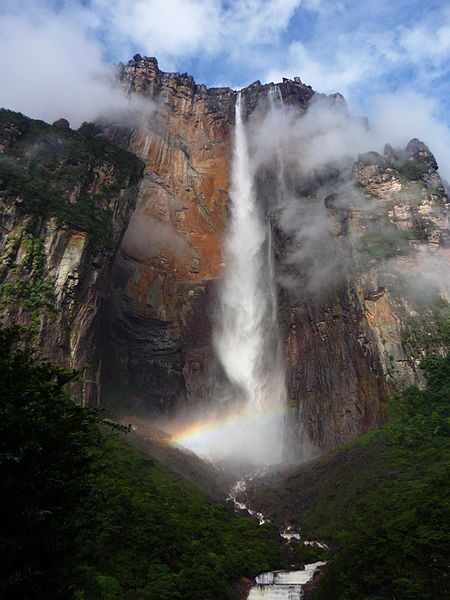 Respect the Spanish speaking culture
Respect the Spanish speaking culture
Showing linguistic effort earns respect and fosters positive interactions. Speaking Spanish showcases your respect for Mexican culture, promoting goodwill and inclusivity.
6.2 Can Language Skills Help Avoid Misunderstandings?
Yes, language skills can significantly help avoid misunderstandings. Direct communication in the local language reduces the risk of misinterpretations that can arise from relying solely on translation. Understanding the cultural context of language use can also prevent unintentional offenses and promote smoother interactions.
Clear communication prevents cultural misunderstandings. Learning Spanish minimizes miscommunications and promotes respectful engagement, especially within the LGBTQ+ context.
7. What are Some Common Spanish Phrases for Everyday Use?
Learning some common Spanish phrases can greatly enhance your travel experience in Mexico. Simple phrases like “Hello” (Hola), “Thank you” (Gracias), “Please” (Por favor), and “Excuse me” (Con permiso) are essential for polite interactions. Knowing how to ask “Where is the bathroom?” (¿Dónde está el baño?) or “How much does it cost?” (¿Cuánto cuesta?) can also be very useful.
Essential phrases facilitate daily interactions. Equipping yourself with these phrases enhances your ability to navigate everyday situations.
7.1 How Do You Order Food and Drinks in Spanish?
Ordering food and drinks in Spanish can be a delightful experience. Start with “I would like” (Quisiera) or “I want” (Quiero) followed by the name of the dish or drink. For example, “Quisiera un taco” (I would like a taco) or “Quiero una cerveza” (I want a beer). Don’t forget to say “Please” (Por favor) and “Thank you” (Gracias) to show appreciation. If you have dietary restrictions, learn how to say “I am vegetarian” (Soy vegetariano/a) or “I am allergic to…” (Soy alérgico/a a…).
Spanish empowers culinary adventures. Knowing how to order in Spanish ensures satisfying dining experiences, tailored to your needs.
7.2 What About Asking for Directions?
Asking for directions in Spanish is crucial for navigating new places. Start with “Excuse me” (Disculpe) to get someone’s attention. Then ask “Where is…?” (¿Dónde está…?) followed by the place you’re looking for. For example, “¿Dónde está el museo?” (Where is the museum?). Be prepared to understand responses like “Turn left” (Gire a la izquierda), “Turn right” (Gire a la derecha), and “Straight ahead” (Derecho).
 Ask for direction using Spanish
Ask for direction using Spanish
Directional phrases aid exploration and navigation. Understanding these phrases helps you explore Mexico confidently, enhancing your travel experience.
8. How Can Gaymexico.net Help with Spanish Language Learning?
Gaymexico.net can help with Spanish language learning by providing context-specific vocabulary and phrases relevant to LGBTQ+ travel in Mexico. The website offers articles and guides that include useful Spanish terms and expressions. Additionally, Gaymexico.net connects you with local LGBTQ+ communities, providing opportunities for language practice and cultural exchange.
Gaymexico.net offers practical language support for LGBTQ+ travelers. It provides tools and connections to enhance your Spanish language skills.
8.1 Does Gaymexico.net Offer Language Guides?
While Gaymexico.net may not offer formal language courses, it provides practical language guides within its articles and resources. These guides focus on essential vocabulary and phrases for LGBTQ+ travelers, covering topics such as LGBTQ+ rights, safe spaces, and cultural events. By integrating language learning with relevant travel information, Gaymexico.net makes it easier to acquire the Spanish skills you need.
Contextual language guides enhance practical skills. Gaymexico.net integrates language learning into its travel content, providing relevant and practical language skills for LGBTQ+ visitors.
8.2 Can You Connect with Local Spanish Speakers Through the Site?
Yes, Gaymexico.net facilitates connections with local Spanish speakers through its community forums and event listings. By participating in these online and offline communities, you can find language partners and practice your Spanish with native speakers. These interactions also provide valuable cultural insights and support for LGBTQ+ travelers.
Community connections offer language practice and support. Gaymexico.net fosters a community where you can connect with local Spanish speakers and enhance your language skills.
9. What are the Legal Considerations for LGBTQ+ Travelers in Mexico?
Understanding the legal landscape is essential for LGBTQ+ travelers in Mexico. Same-sex marriage is legal throughout the country, although implementation may vary by state. Anti-discrimination laws exist in some areas, but not all. It’s important to be aware of local laws and customs to ensure your safety and well-being.
Legal awareness ensures safe and informed travel. Staying informed about LGBTQ+ rights helps you navigate Mexico with confidence and security.
9.1 Are Same-Sex Marriages Recognized Nationwide?
Yes, same-sex marriages are recognized nationwide in Mexico. In 2015, the Supreme Court ruled that bans on same-sex marriage are unconstitutional, effectively legalizing it throughout the country. While some states were initially slow to implement the ruling, all states now recognize same-sex marriage.
Nationwide recognition provides legal security for same-sex couples. This legal recognition ensures that same-sex couples enjoy the same rights and protections as heterosexual couples.
9.2 What Anti-Discrimination Laws Exist?
Anti-discrimination laws in Mexico vary by state. Some states have comprehensive laws protecting against discrimination based on sexual orientation and gender identity, while others have limited or no such protections. At the federal level, there are some anti-discrimination measures, but these may not cover all areas of life. It’s important to research the specific laws in the regions you plan to visit.
Knowing local laws protects against discrimination. Awareness of these laws helps LGBTQ+ travelers advocate for their rights and ensures they are treated fairly.
10. What Cultural Norms Should LGBTQ+ Travelers Be Aware Of?
LGBTQ+ travelers should be aware of certain cultural norms in Mexico. While major cities and tourist areas are generally accepting, more conservative regions may have less tolerance. Public displays of affection may be frowned upon in some areas. It’s important to be respectful of local customs and traditions to avoid causing offense.
Cultural sensitivity enhances positive interactions. Understanding local customs helps LGBTQ+ travelers navigate Mexico respectfully, ensuring a welcoming experience.
10.1 How Accepting is Mexican Society of LGBTQ+ Individuals?
Acceptance of LGBTQ+ individuals in Mexican society varies by region and social class. Major cities like Mexico City and Puerto Vallarta are generally very accepting, with thriving LGBTQ+ communities. However, rural areas and more conservative regions may be less tolerant. Public attitudes are evolving, but it’s important to be aware of potential differences in acceptance levels.
Acceptance varies regionally, requiring cultural awareness. Travelers should be mindful of regional differences in acceptance and adjust their behavior accordingly.
10.2 Are Public Displays of Affection Acceptable?
Public displays of affection (PDA) may not be as widely accepted in Mexico as in some Western countries. While holding hands or a quick kiss may be acceptable in more liberal areas, more overt displays of affection could attract unwanted attention, particularly in conservative regions. It’s best to gauge the local atmosphere and err on the side of caution.
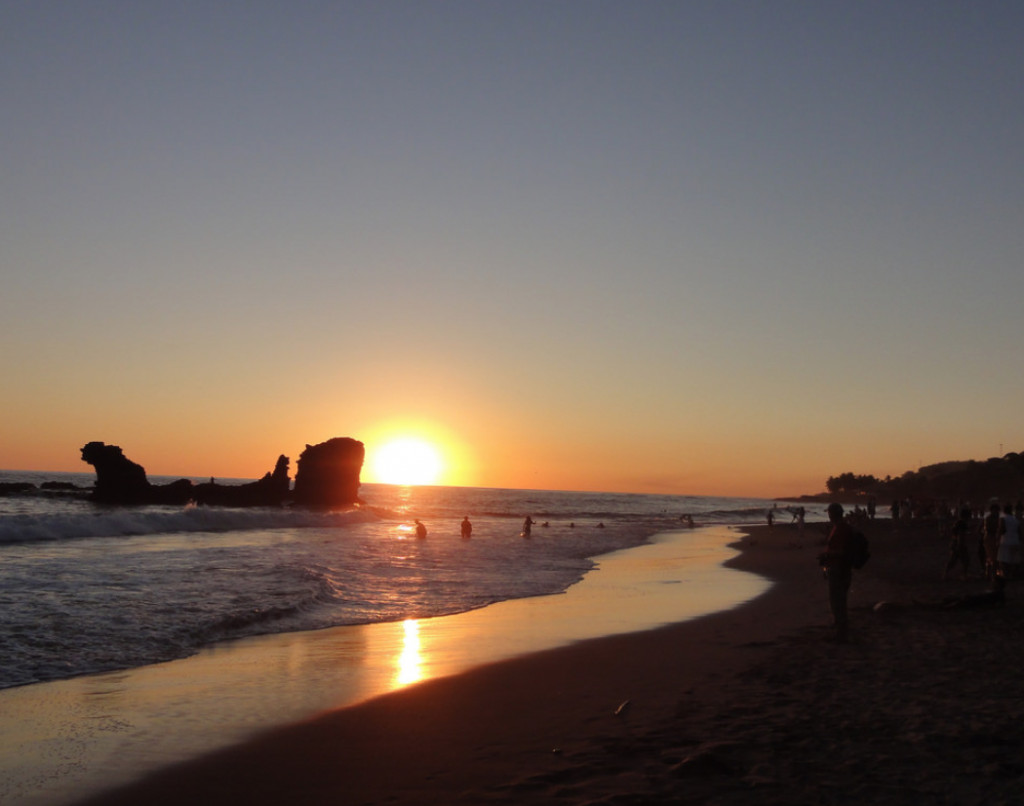 LGBTQ+ friendly expressions
LGBTQ+ friendly expressions
Modesty in public enhances safety and respect. Being mindful of local norms regarding PDA helps ensure a safe and comfortable travel experience.
11. What Safety Tips Should LGBTQ+ Travelers Keep in Mind?
Safety tips for LGBTQ+ travelers in Mexico include staying informed about local laws and customs, avoiding isolated areas, and being cautious in public. It’s also wise to use reputable transportation services and avoid excessive alcohol consumption. Trust your instincts and seek support from local LGBTQ+ organizations if you encounter any issues.
Safety awareness ensures secure travel experiences. Taking precautions helps LGBTQ+ travelers stay safe and enjoy their time in Mexico.
11.1 How Can You Stay Safe in Less Accepting Areas?
In less accepting areas, LGBTQ+ travelers can stay safe by being discreet, avoiding public displays of affection, and sticking to well-lit and populated areas. It’s also advisable to research local attitudes and seek advice from LGBTQ+ organizations or community members. If you feel unsafe, remove yourself from the situation and seek help.
Discretion and awareness promote safety in conservative areas. Adjusting your behavior based on local context ensures a safer and more comfortable visit.
11.2 What Emergency Resources are Available?
Emergency resources available in Mexico include the national emergency number (911), local police, and tourist assistance services. LGBTQ+ organizations can also provide support and guidance. It’s a good idea to keep a list of emergency contacts and important phone numbers with you.
Access to emergency resources ensures support when needed. Knowing where to find help ensures you can address any issues that arise during your trip.
12. How Can You Connect with Local LGBTQ+ Communities?
Connecting with local LGBTQ+ communities can greatly enrich your travel experience. Attend local LGBTQ+ events and festivals, visit LGBTQ+ bars and clubs, and join online communities. Gaymexico.net can help you find local organizations and events. Engaging with the community provides opportunities for cultural exchange and support.
Community engagement enriches travel experiences. Connecting with local LGBTQ+ groups fosters a sense of belonging and provides valuable insights.
12.1 What are Some Popular LGBTQ+ Events and Festivals?
Popular LGBTQ+ events and festivals in Mexico include Puerto Vallarta Pride, Mexico City Pride, and Guadalajara Pride. These events feature parades, concerts, parties, and cultural activities. Attending these events is a great way to celebrate LGBTQ+ culture and connect with local and international communities.
Attending events connects you with vibrant LGBTQ+ cultures. These gatherings offer opportunities to celebrate, connect, and learn within the LGBTQ+ community.
12.2 How Can Online Communities Help?
Online communities can help you connect with local LGBTQ+ individuals and find information about LGBTQ+ friendly places and events. Platforms like Facebook groups, Reddit, and online forums provide spaces for discussion and support. Gaymexico.net also offers community features where you can connect with other travelers and locals.
Online communities offer valuable support and information. These platforms help you connect, share experiences, and access resources.
13. What Future Trends are Expected in LGBTQ+ Travel to Mexico?
Future trends in LGBTQ+ travel to Mexico include increased acceptance, more tailored travel services, and greater visibility of LGBTQ+ culture. As attitudes evolve and legal protections expand, Mexico is likely to become an even more popular destination for LGBTQ+ travelers. Technology and social media will play a key role in connecting travelers with local communities and resources.
Positive trends promise greater inclusivity and support. The future of LGBTQ+ travel in Mexico looks bright, with increasing acceptance and tailored resources.
13.1 Will Acceptance Continue to Grow?
Yes, acceptance of LGBTQ+ individuals is expected to continue to grow in Mexico. As younger generations become more accepting and legal protections expand, societal attitudes are likely to shift further. However, progress may be uneven, and continued advocacy is needed to ensure full equality.
Continued progress fosters a more welcoming environment. Growing acceptance will enhance the travel experience for LGBTQ+ individuals in Mexico.
13.2 How Will Technology Impact LGBTQ+ Travel?
Technology will play a significant role in shaping LGBTQ+ travel in Mexico. Mobile apps and online platforms will provide more detailed information about LGBTQ+ friendly places, events, and services. Social media will facilitate connections with local communities. Virtual reality may offer immersive cultural experiences.
Technology enhances access and connectivity. Innovations will provide enhanced resources and connections, enriching LGBTQ+ travel.
14. What is the Significance of Spanish in Mexican Culture?
Spanish is deeply significant in Mexican culture, serving as the primary language for communication, education, and cultural expression. It reflects Mexico’s colonial history while also evolving with unique Mexican characteristics. Language ties together diverse aspects of society, from literature and cinema to everyday conversations.
Language is pivotal in shaping and preserving culture. Spanish acts as a cornerstone of Mexican identity, reflecting history and fostering unity.
14.1 How Does Spanish Reflect Mexican History?
Spanish reflects Mexican history by bearing witness to the colonial period and the subsequent blending of cultures. The language incorporates indigenous words and expressions, demonstrating a fusion of traditions. It also symbolizes the complex relationship between Mexico’s past and present.
Historical influences are embedded in the language. Spanish in Mexico represents a blend of colonial impact and indigenous resilience, preserving cultural heritage.
14.2 What Role Does Spanish Play in National Identity?
Spanish plays a crucial role in shaping Mexican national identity. It serves as a common language, uniting diverse regions and communities. Shared linguistic heritage fosters a sense of belonging and collective identity. Additionally, the unique variations of Spanish spoken across Mexico contribute to the country’s rich cultural tapestry.
Shared language fosters a sense of unity and pride. Spanish binds Mexicans together, nurturing a collective identity and celebrating linguistic diversity.
15. Where Can LGBTQ+ Travelers Find Up-To-Date Information?
LGBTQ+ travelers can find up-to-date information on several platforms. Gaymexico.net provides detailed guides, event listings, and community forums. Travel blogs, LGBTQ+ organizations, and social media groups also offer valuable insights. It’s essential to consult multiple sources to get a comprehensive view.
Diverse resources offer current and reliable information. Staying informed ensures a safe and enriching travel experience.
15.1 How Reliable are Online Travel Blogs?
The reliability of online travel blogs can vary. Look for blogs with a strong reputation, clear editorial guidelines, and multiple contributors. Check for recent updates and cross-reference information with other sources. Be cautious of blogs that seem biased or lack transparency.
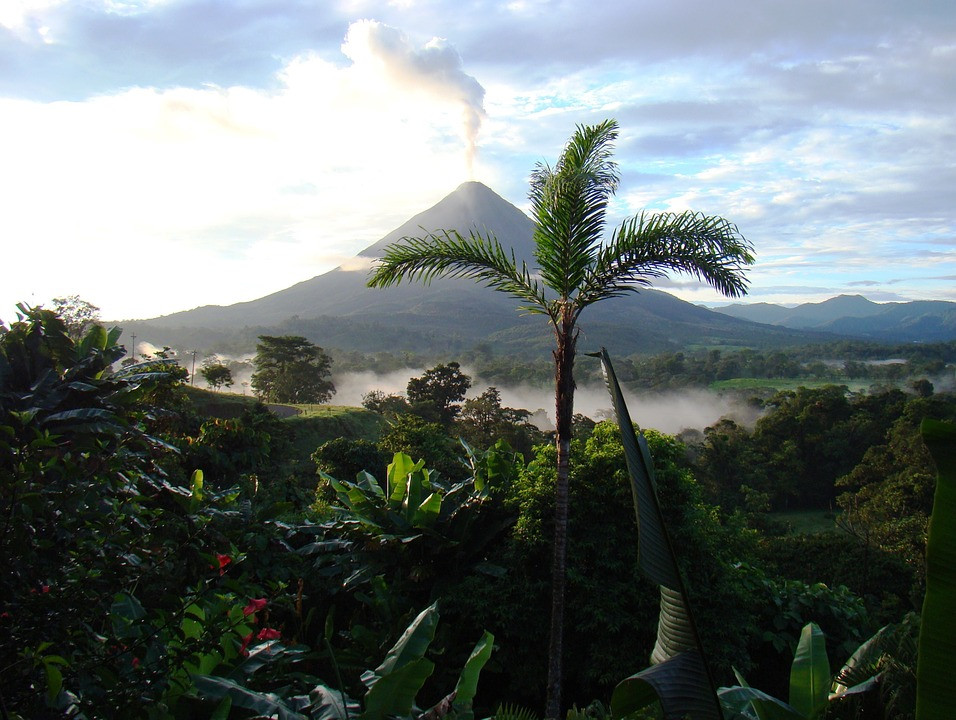 Travel blogs are resourceful
Travel blogs are resourceful
Critical evaluation ensures you find trustworthy blogs. Verify the credibility and currency of information for reliable insights.
15.2 What About Social Media Groups?
Social media groups can be a valuable source of information, but they should be approached with caution. Verify the credibility of the group and its members. Be wary of misinformation and biased opinions. Use social media as a starting point, but always cross-reference information with other reliable sources.
Social media insights require careful scrutiny. Use these platforms to gather information, but verify facts for accuracy.
16. Is Mexico a Spanish Speaking Country: FAQs
Here are some frequently asked questions about Mexico and its language.
16.1 Is Spanish the Only Official Language in Mexico?
No, Spanish is not the only official language in Mexico. Mexico recognizes 68 national languages, including Spanish and 67 indigenous languages. However, Spanish is the primary language used in government, education, and business.
16.2 Do I Need to Know Spanish to Travel in Mexico?
While it’s possible to travel in Mexico without knowing Spanish, learning some basic Spanish phrases can greatly enhance your experience. In tourist areas, many people speak English, but knowing Spanish allows you to venture off the beaten path and connect with locals.
16.3 How Can I Find LGBTQ+ Friendly Accommodations?
You can find LGBTQ+ friendly accommodations by using specialized travel websites, consulting LGBTQ+ organizations, and reading reviews from other travelers. Gaymexico.net offers listings of LGBTQ+ friendly hotels and guesthouses.
16.4 What Should I Do if I Experience Discrimination?
If you experience discrimination, document the incident, seek support from local LGBTQ+ organizations, and report the incident to the appropriate authorities. Gaymexico.net can provide resources and guidance.
16.5 Are There LGBTQ+ Specific Travel Agencies?
Yes, there are LGBTQ+ specific travel agencies that specialize in creating inclusive and safe travel experiences. These agencies can help you plan your trip, find LGBTQ+ friendly accommodations, and navigate local customs.
16.6 What are Some Basic Spanish Greetings?
Some basic Spanish greetings include “Hola” (Hello), “Buenos días” (Good morning), “Buenas tardes” (Good afternoon), and “Buenas noches” (Good evening/night).
16.7 How Do I Say “Happy Pride” in Spanish?
You can say “Happy Pride” in Spanish as “Feliz Orgullo.”
16.8 Where Can I Find a Spanish-English Dictionary?
You can find a Spanish-English dictionary online or in bookstores. Many free online dictionaries are available, such as WordReference and SpanishDict.
16.9 What are Some Common Mexican Slang Words?
Some common Mexican slang words include “Chido” (Cool), “Güey” (Dude), and “Órale” (Okay/Alright).
16.10 Is Mexico Safe for LGBTQ+ Travelers?
Mexico is generally safe for LGBTQ+ travelers, but it’s important to be aware of local customs and take precautions, particularly in more conservative areas.
Are you ready to dive into the vibrant culture of Mexico? Visit gaymexico.net for comprehensive travel guides, event listings, and community connections tailored for LGBTQ+ travelers. Explore our resources to enhance your Spanish language skills and make your Mexican adventure unforgettable!
Address: 3255 Wilshire Blvd, Los Angeles, CA 90010, United States.
Phone: +1 (213) 380-2177.
Website: gaymexico.net.

